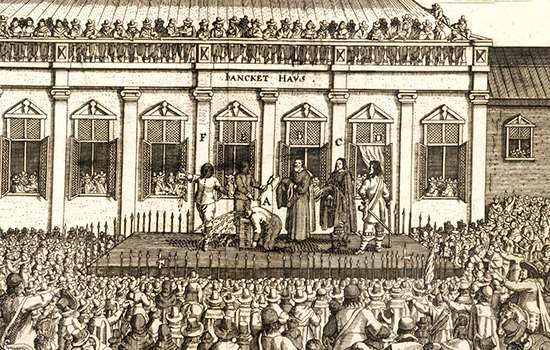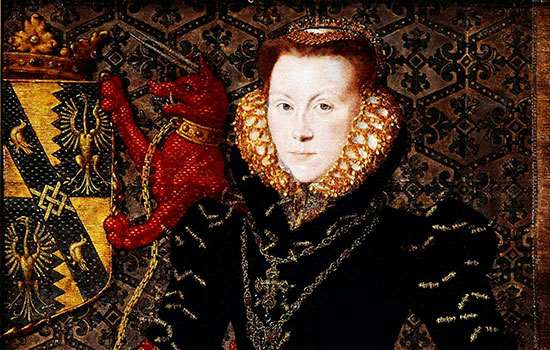History of Dunster Yarn Market
Lying between the wooded hills of Exmoor and the sea, Dunster is one of the most attractive villages in Somerset. In the 12th century it sat on the coast, and thrived as the main trading port for Exmoor. However, when the sea retreated, leaving Dunster two miles inland, it continued to prosper as a centre of the wool trade, and it is from this era that Dunster's striking Yarn Market dates.

By the 16th and 17th centuries demand had shifted from raw wool to finished cloth. Since Dunster cloth was woven in nearby mills, the village remained prosperous, as the building of the Yarn Market shows.
Built in 1609 and repaired in 1647, it sits in the middle of the high street as a monument to this trade. Before it was built, most of the buying and selling would have been done in the open air, but the English weather being what it is, there must have been occasions when trading was halted by wind or rain. Sellers must also have been worried about the security of their goods. The Yarn Market was a permanent solution to all these problems.
Description
The building is octagonal in shape, and built almost entirely of wood. Gables over each side contain windows which help to light the interior; a central stone pillar topped by a bell turret supports the open roof. The different parts of the building make up a harmonious whole; note how the eaves were made to project in order to give shelter to prospective customers as they inspected the goods laid out for sale.
Further Reading
Dunster Castle, Somerset (London, National Trust, 1990)
Pevsner, N, The Buildings of England: South and West Somerset (Harmondsworth, 1958)


